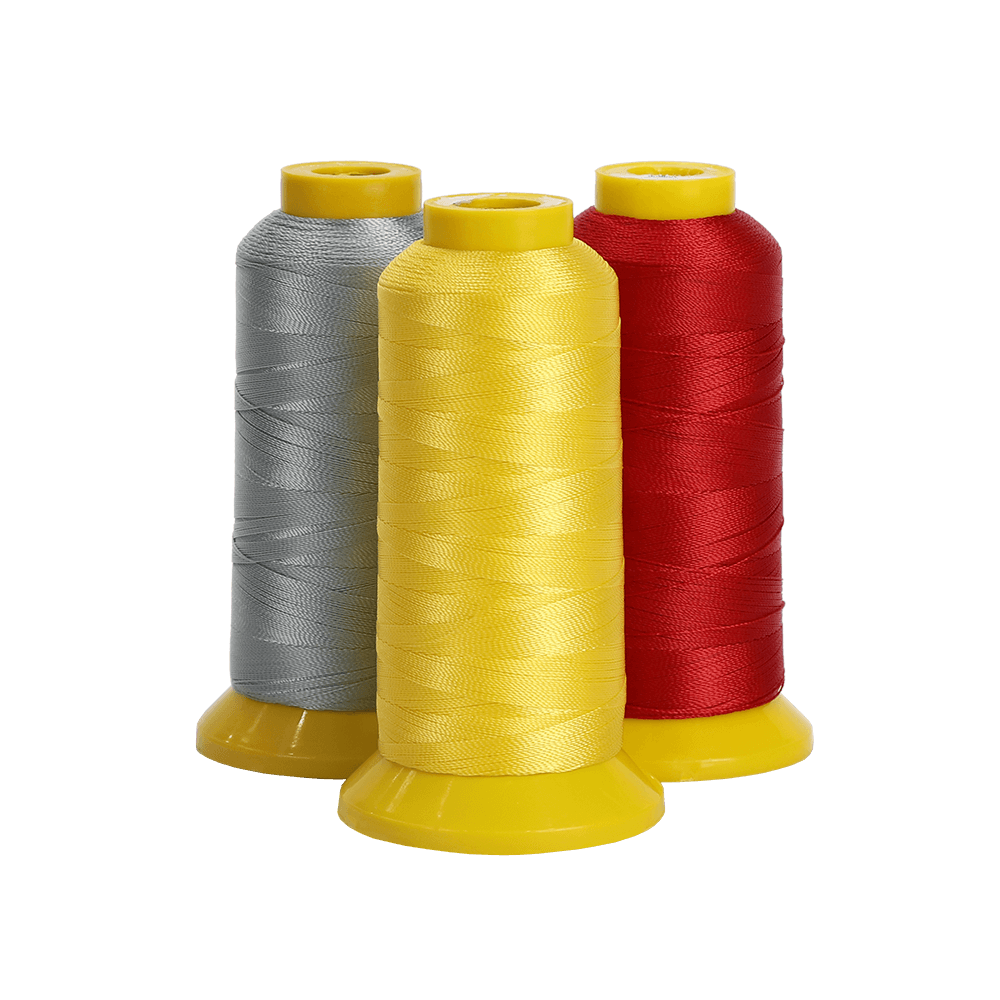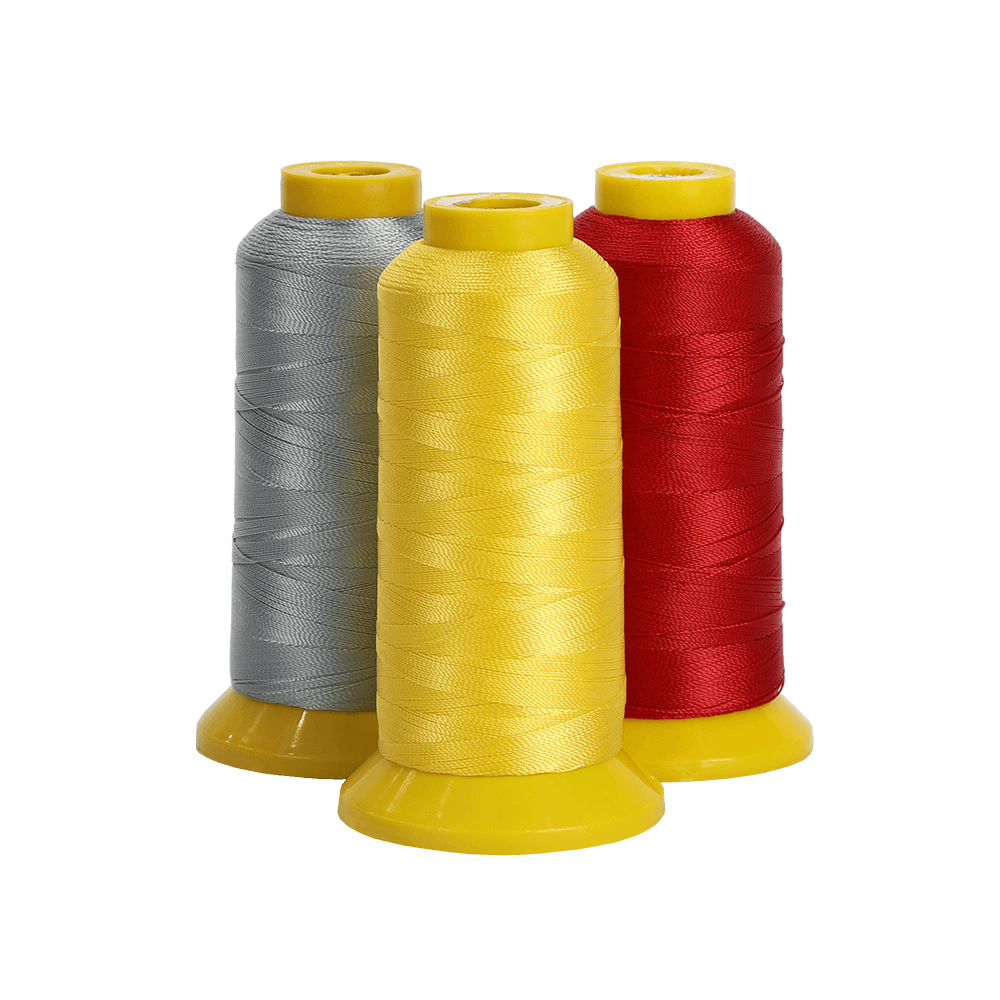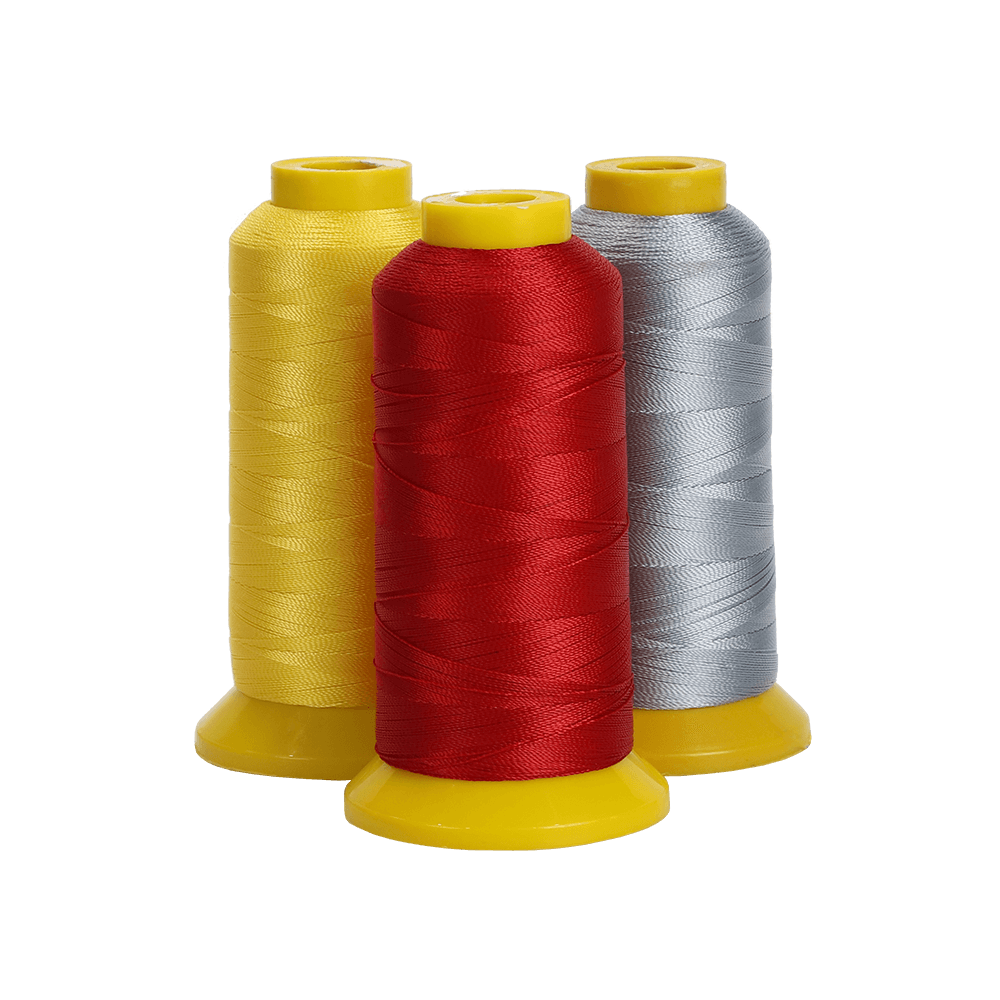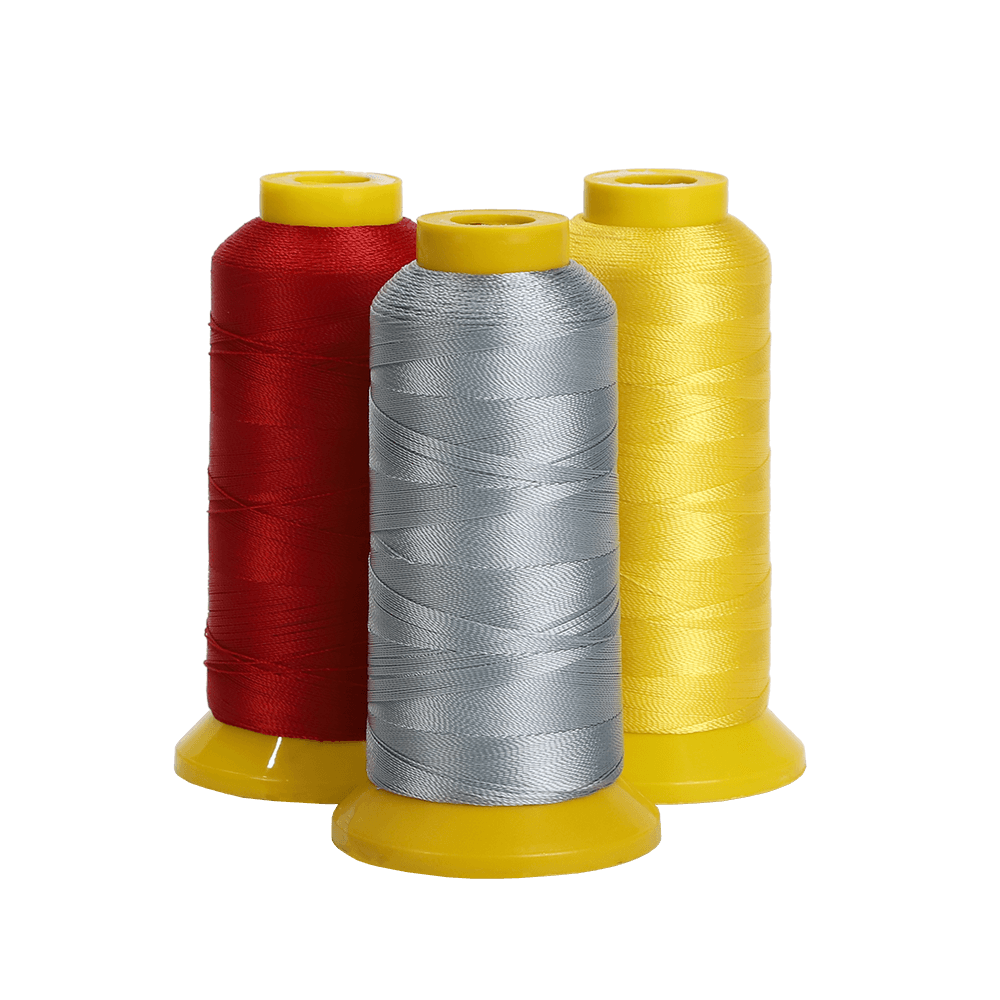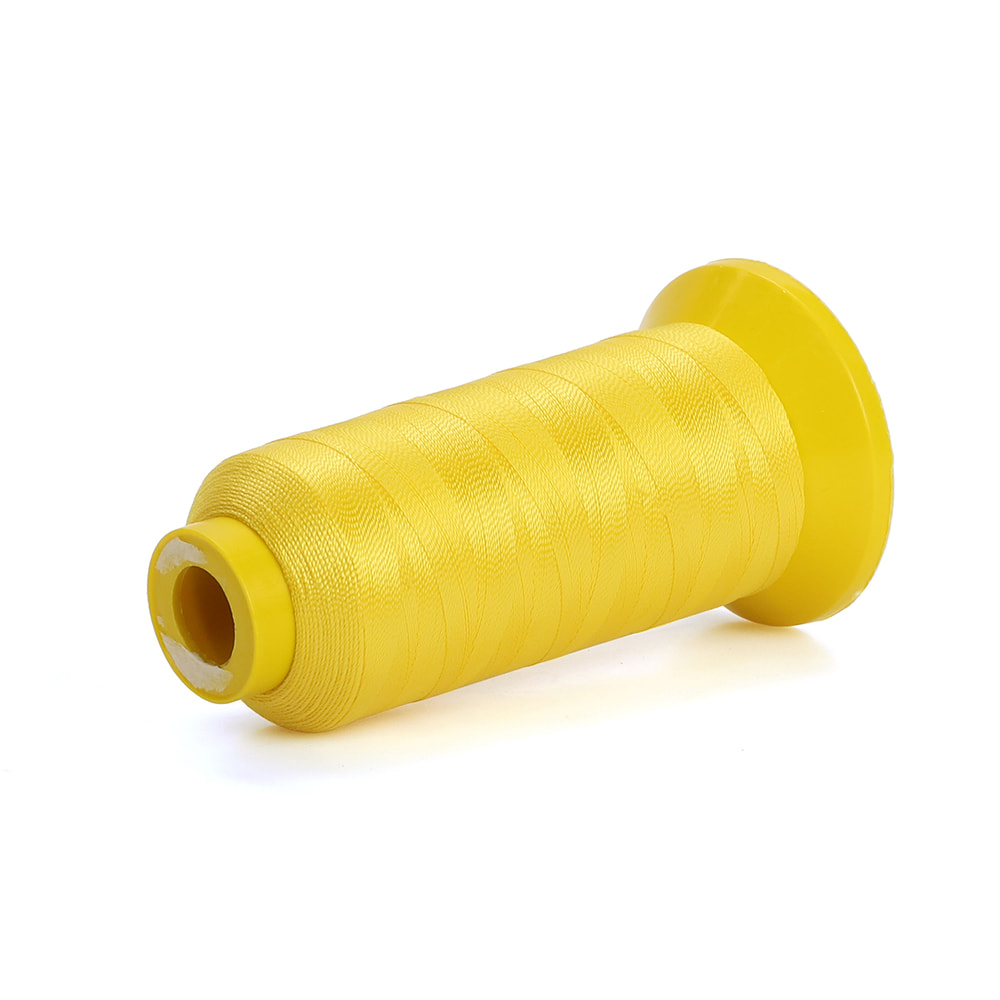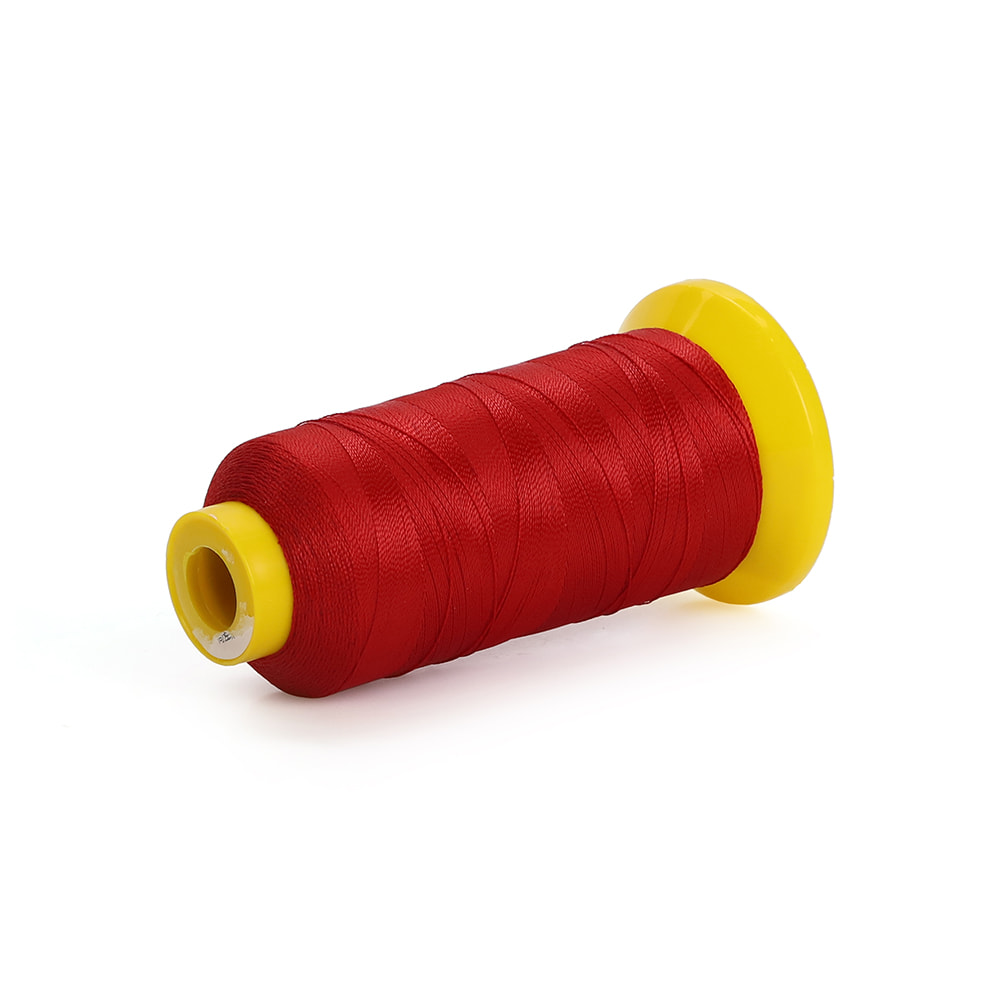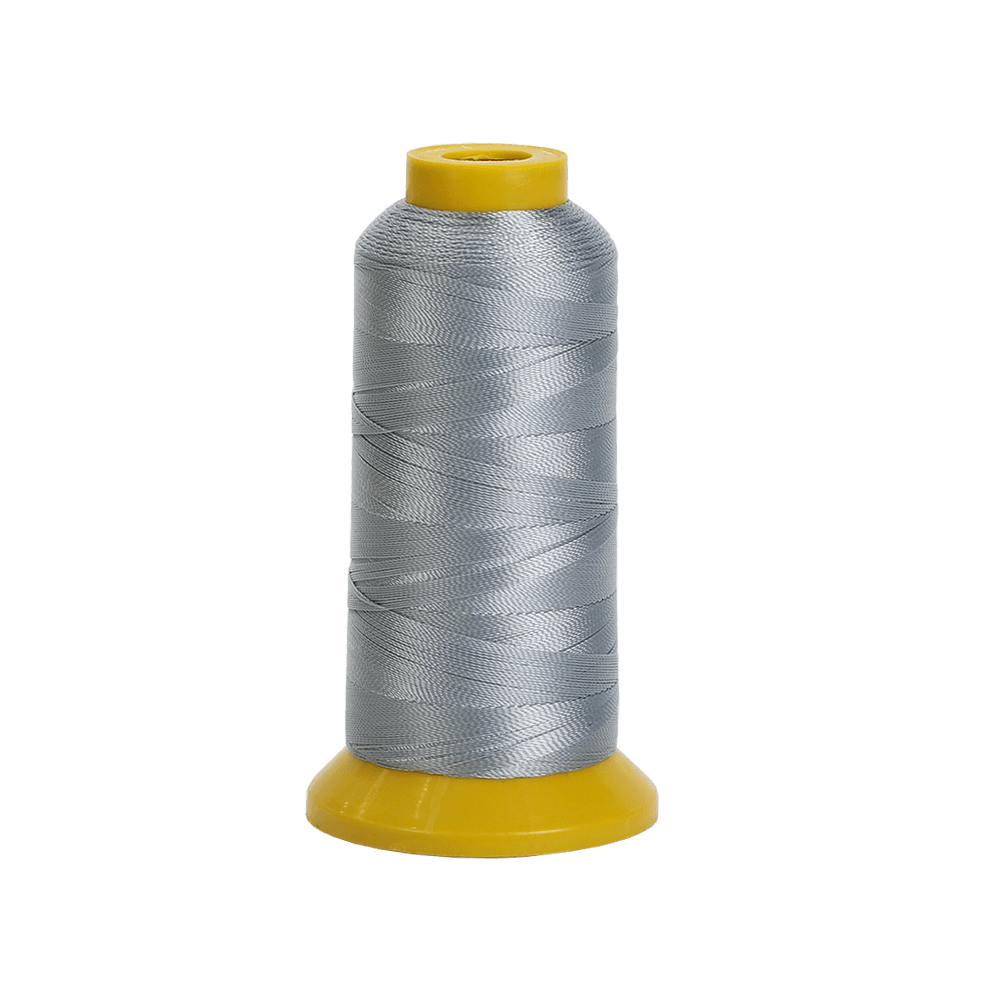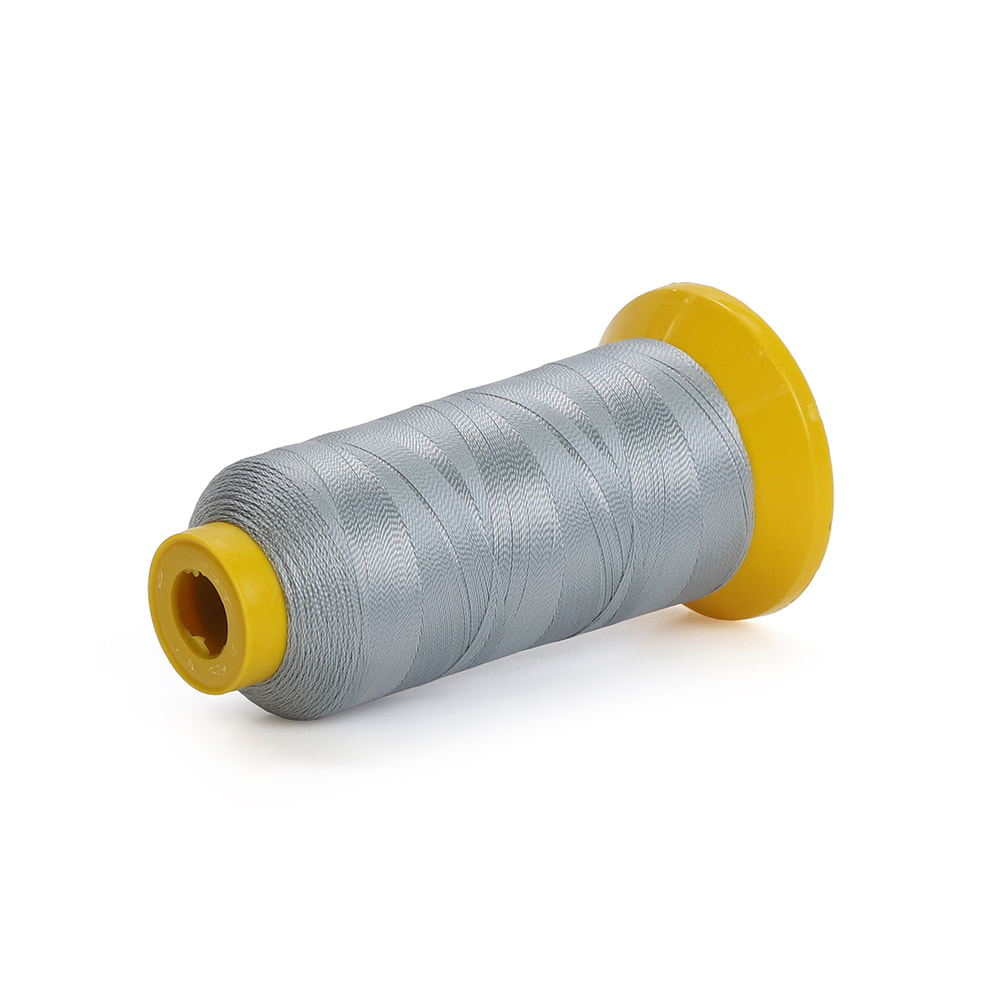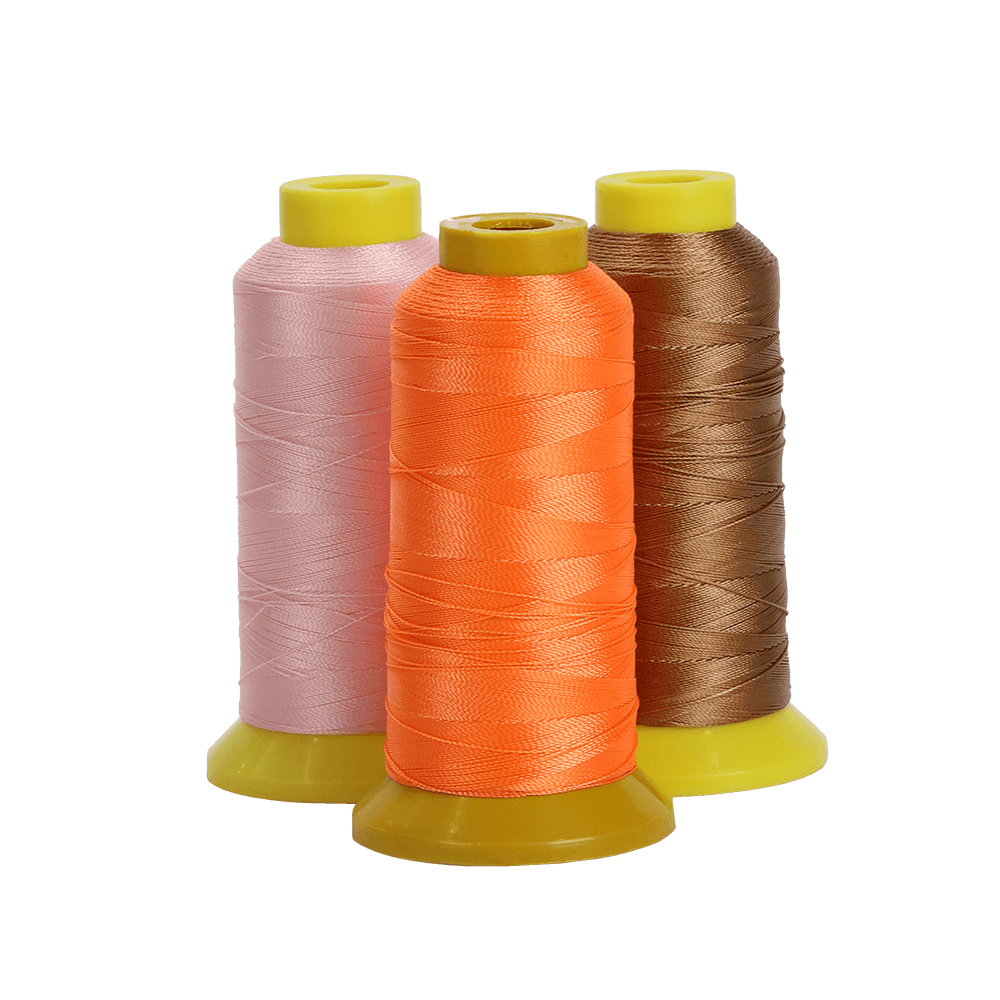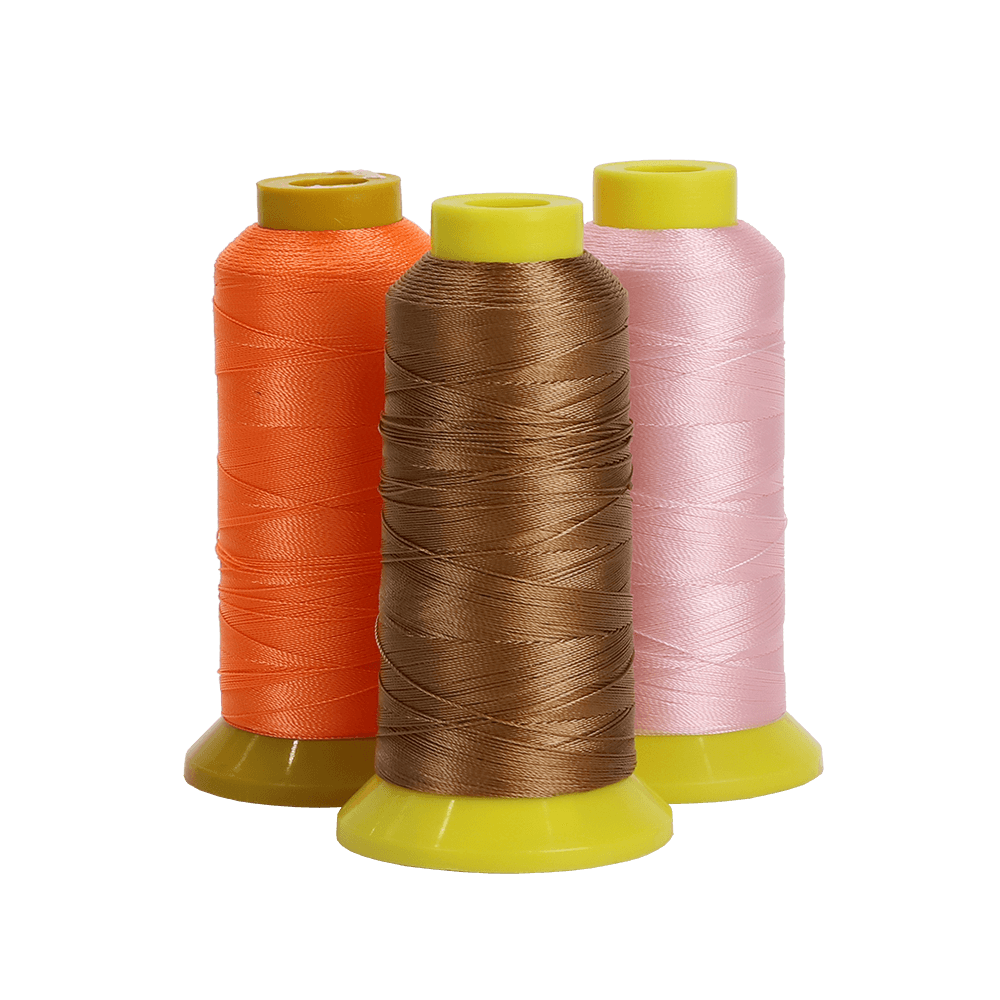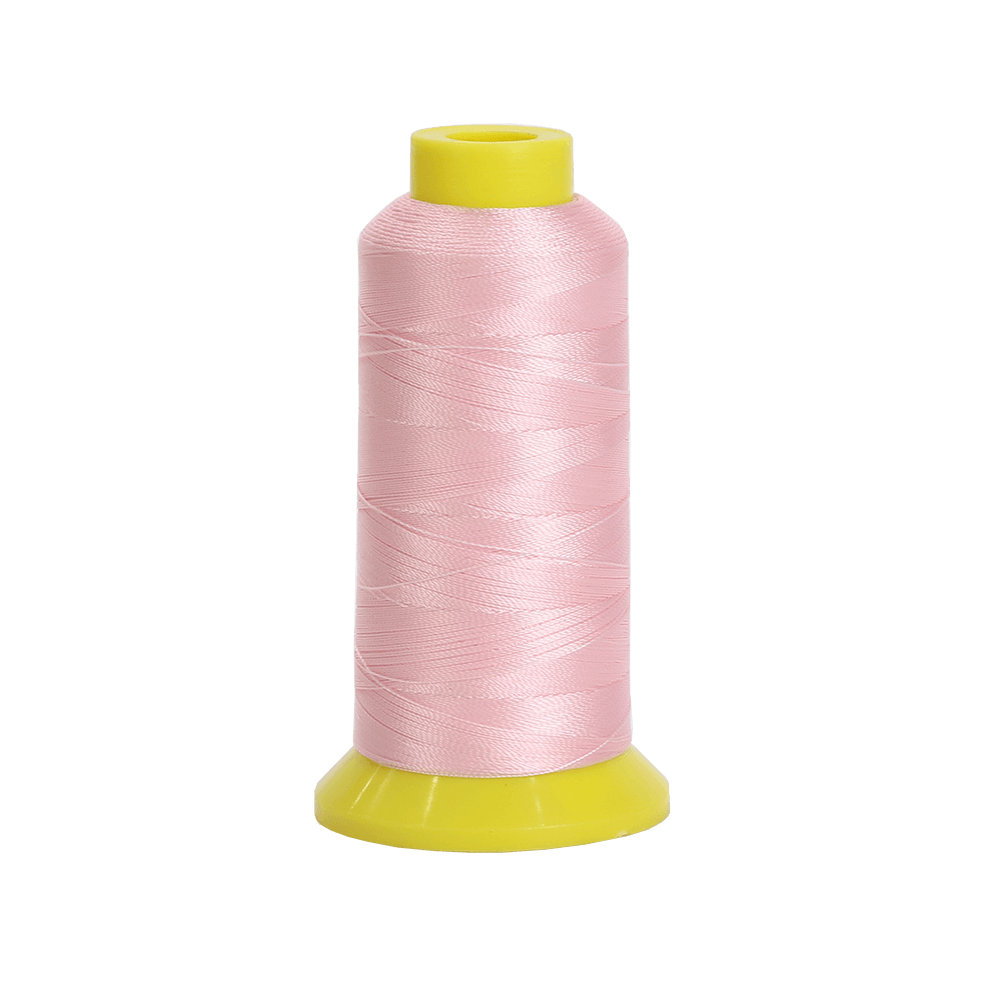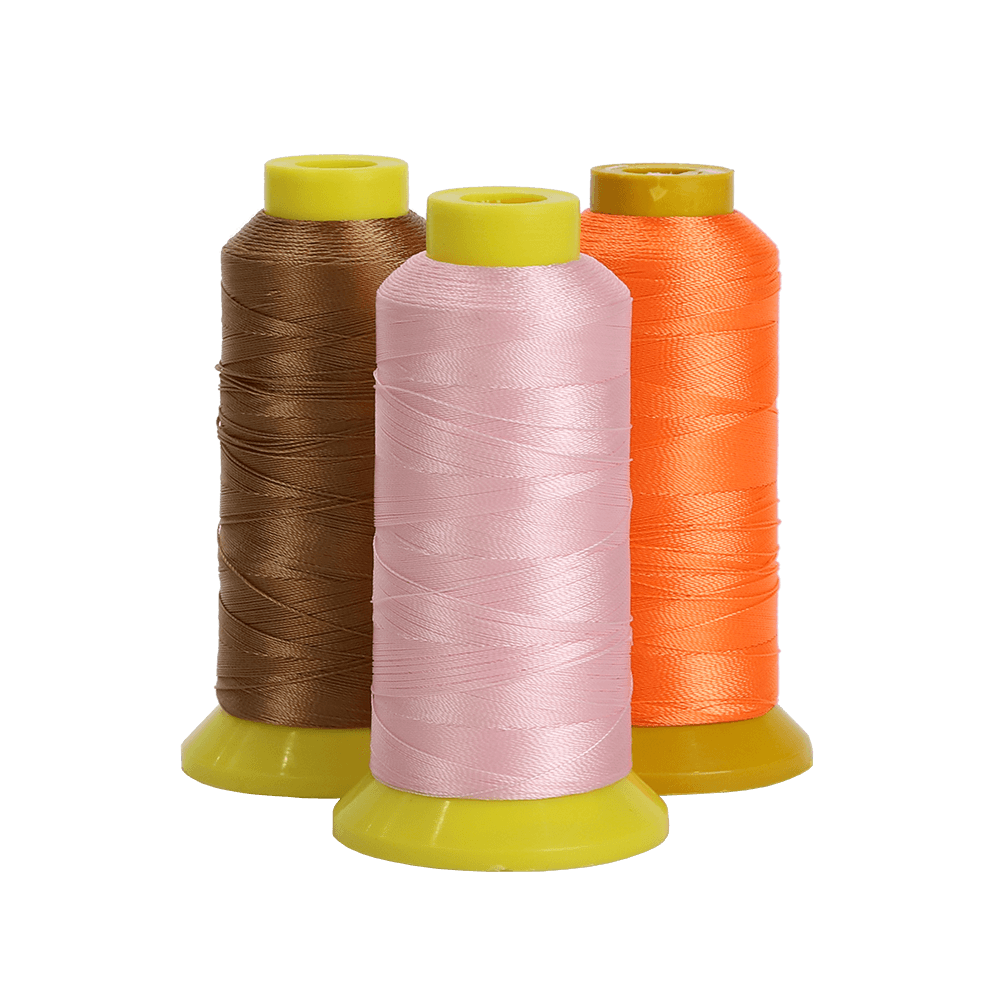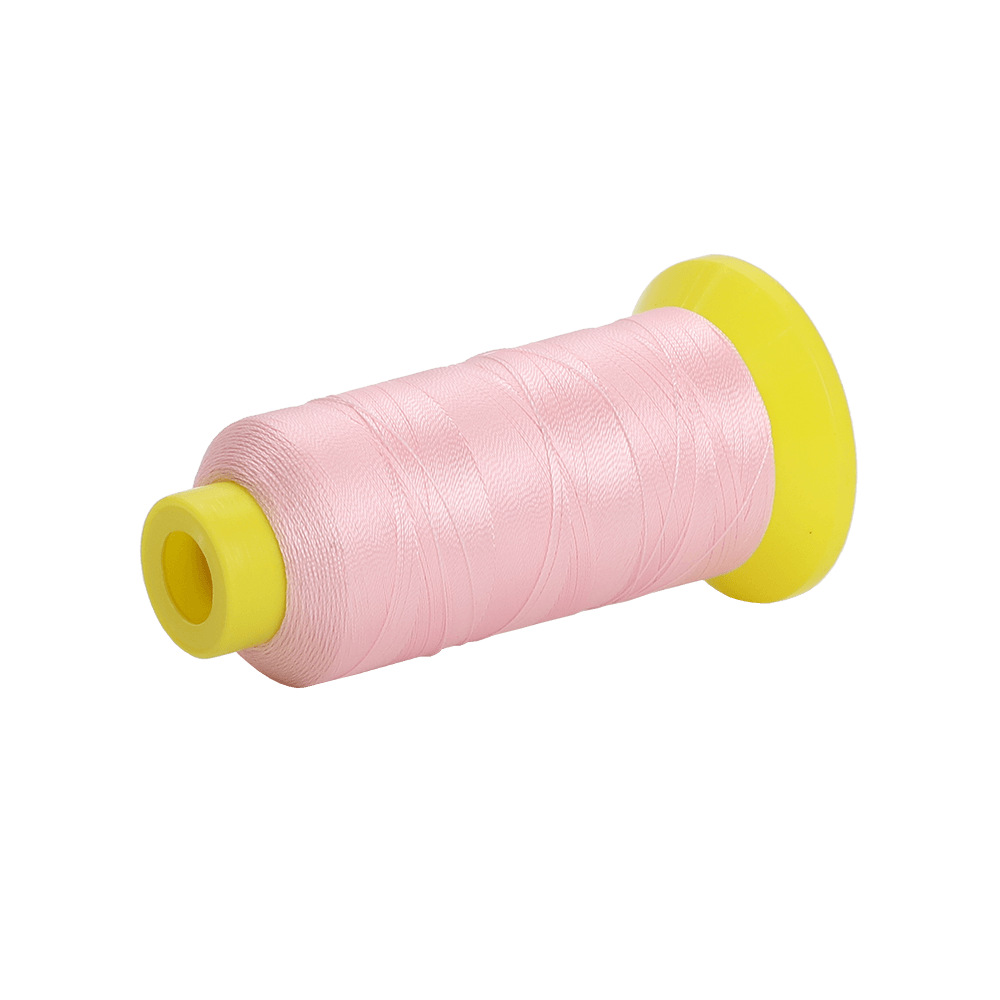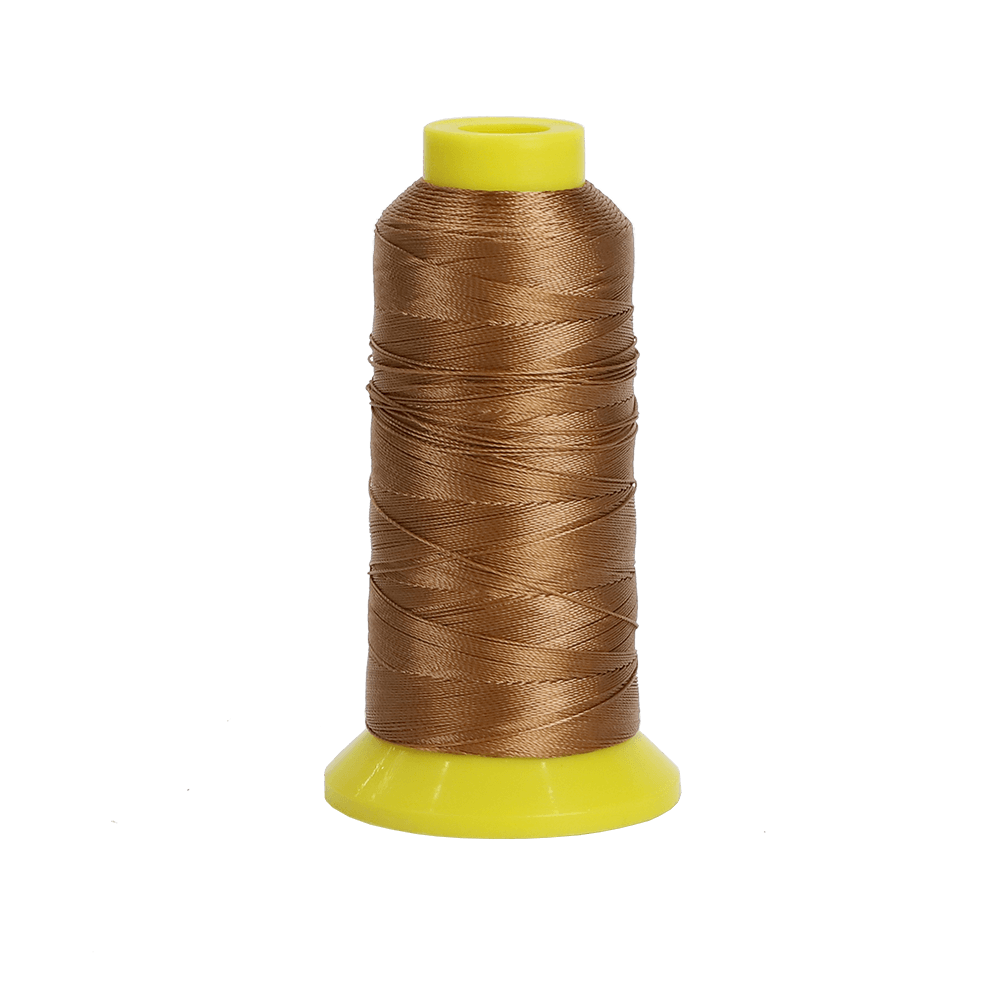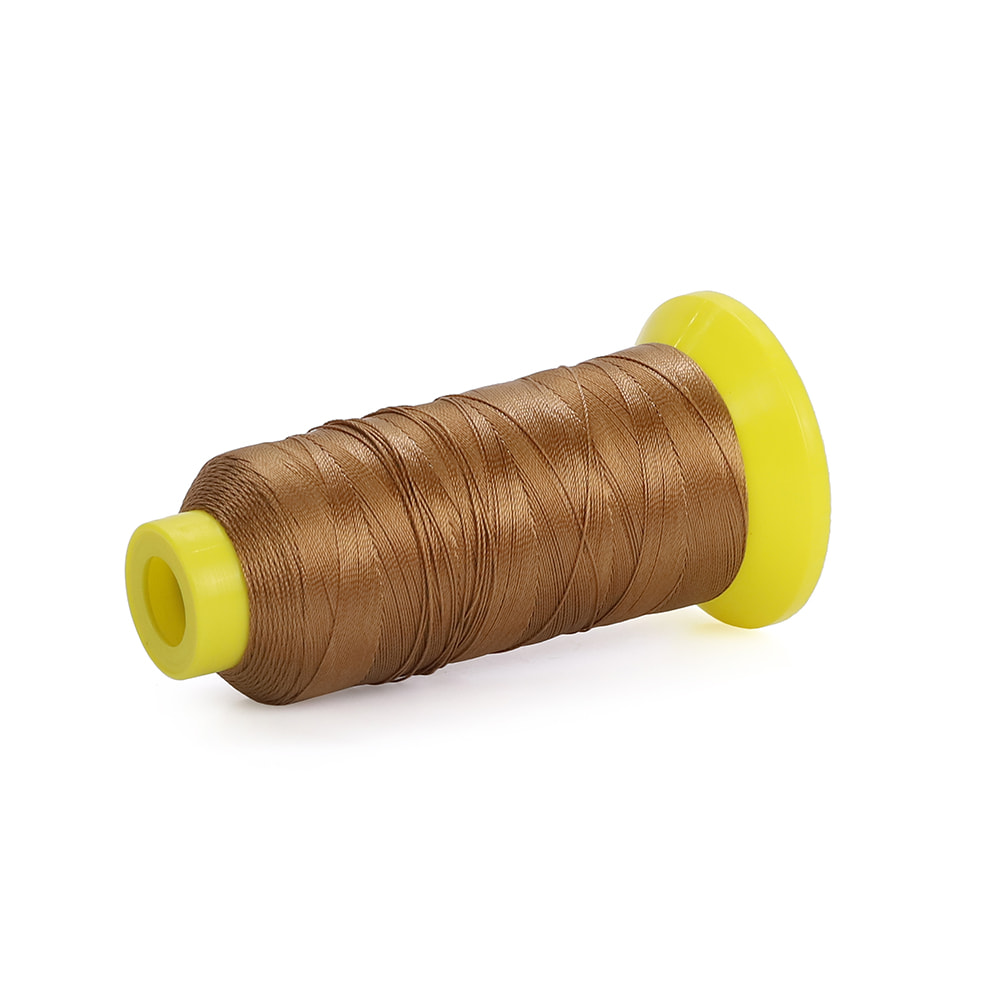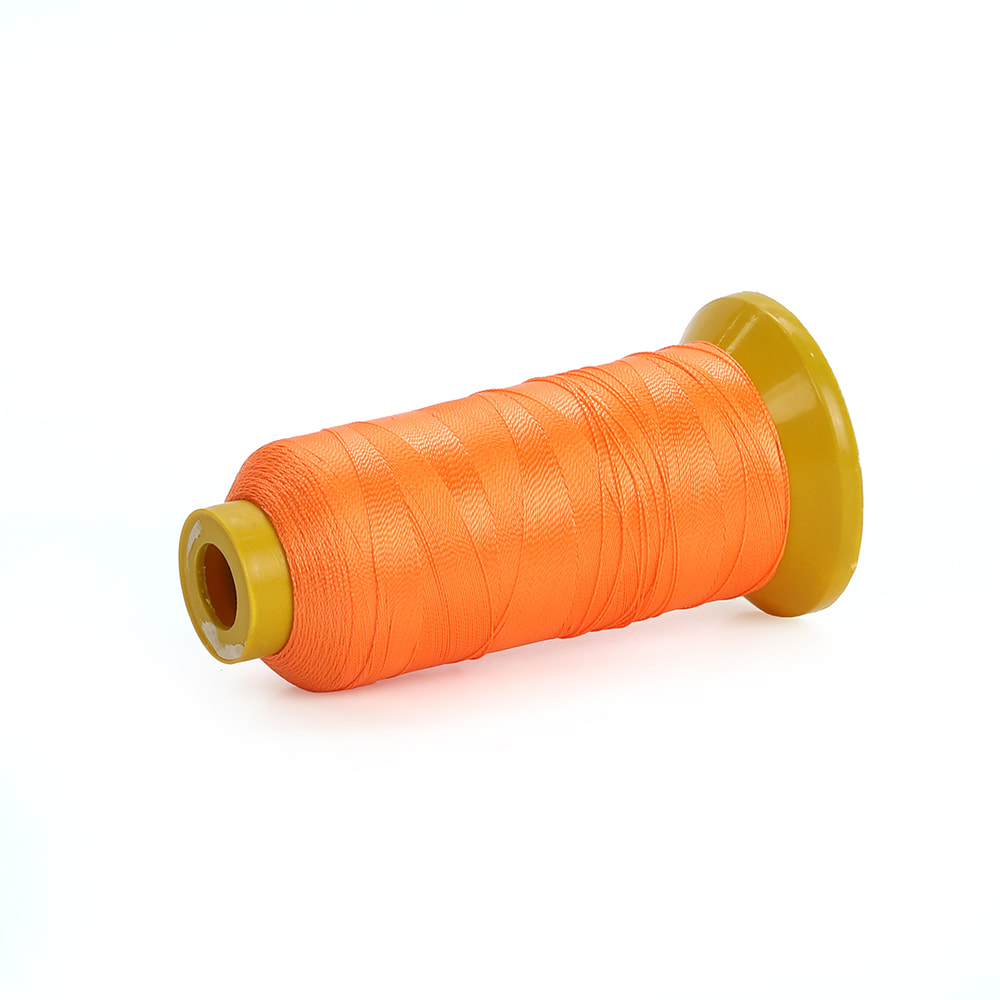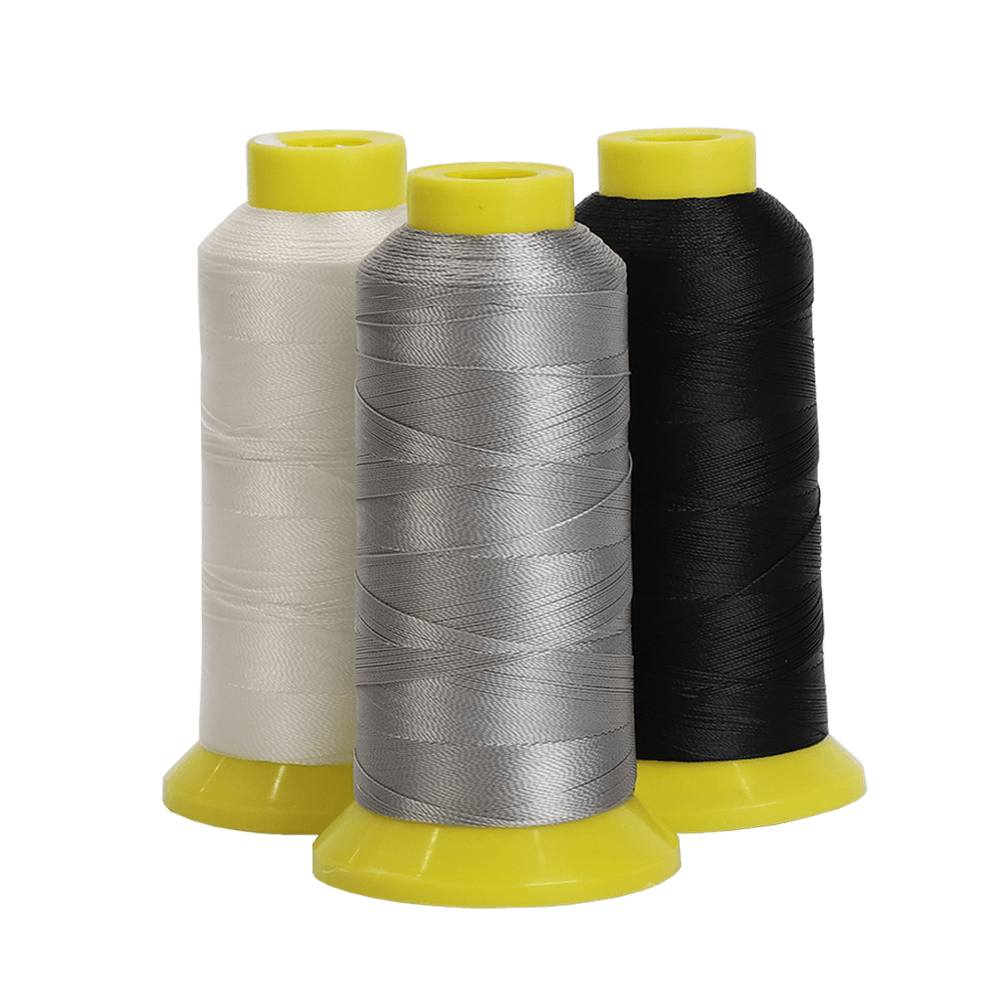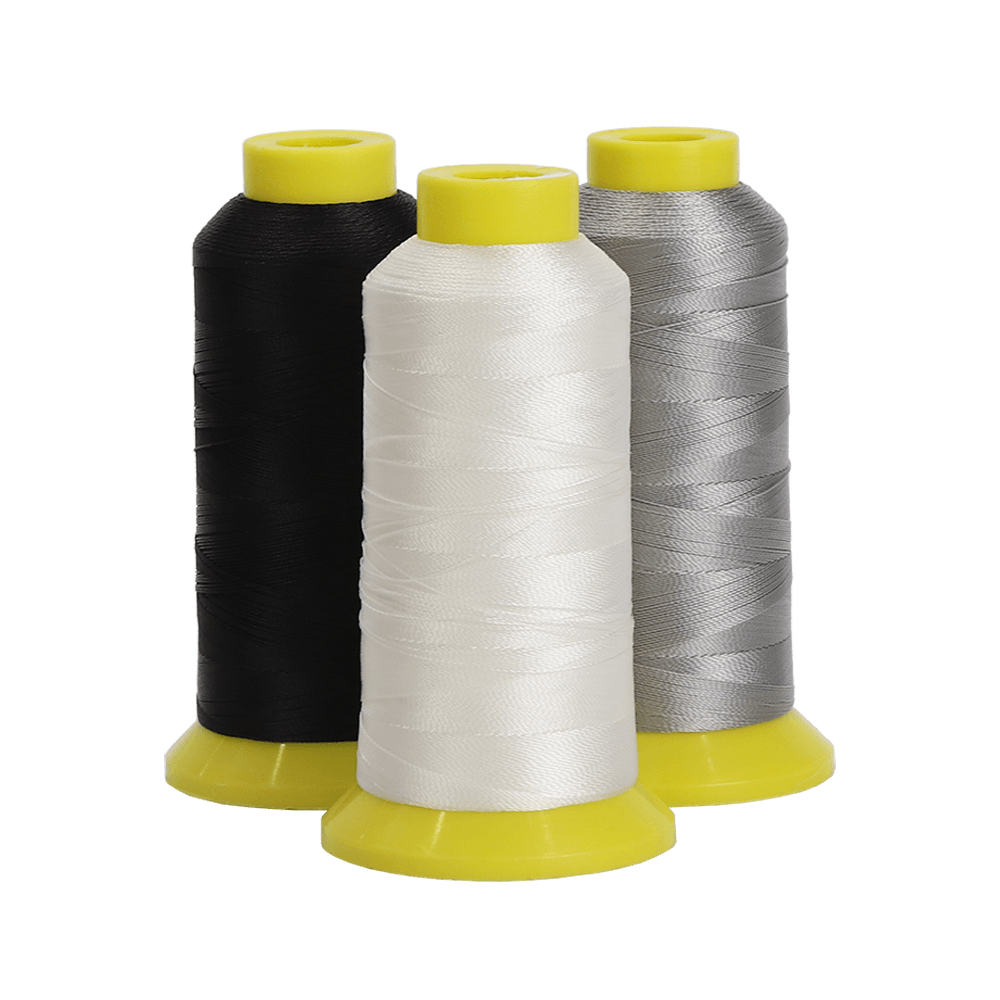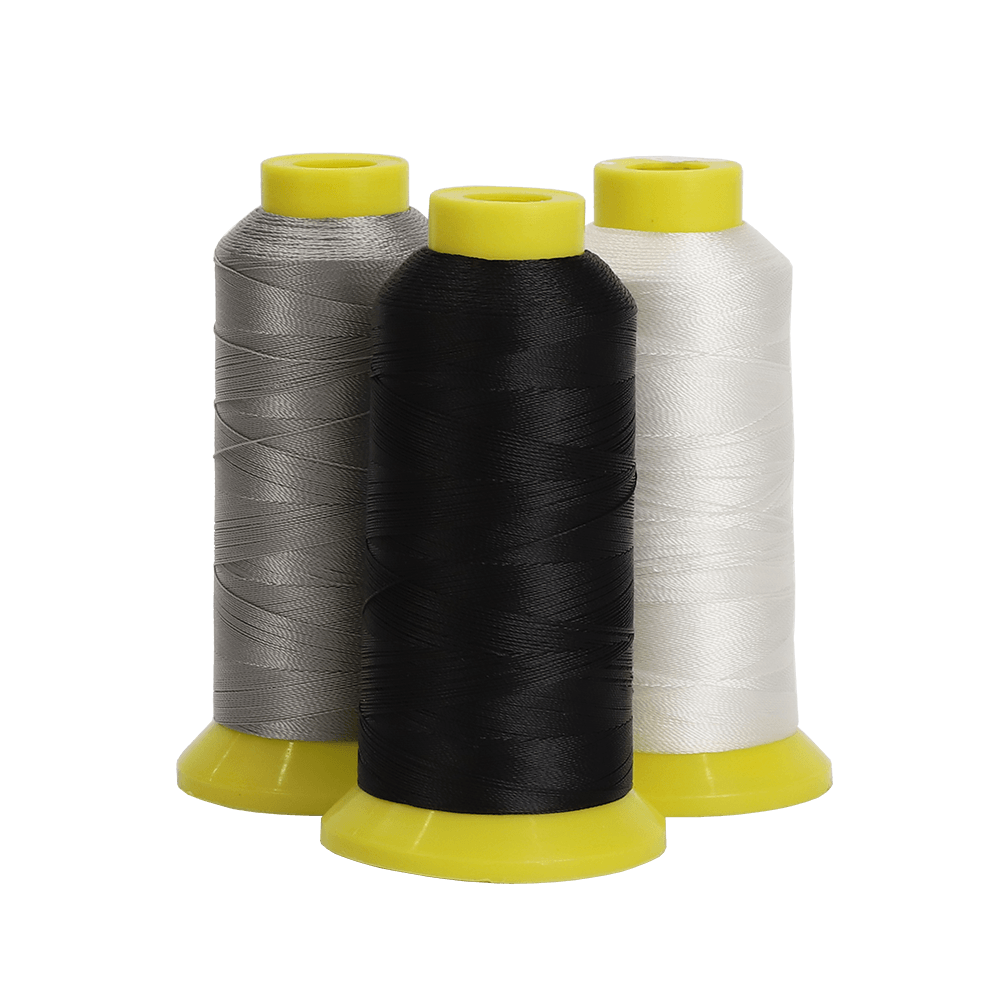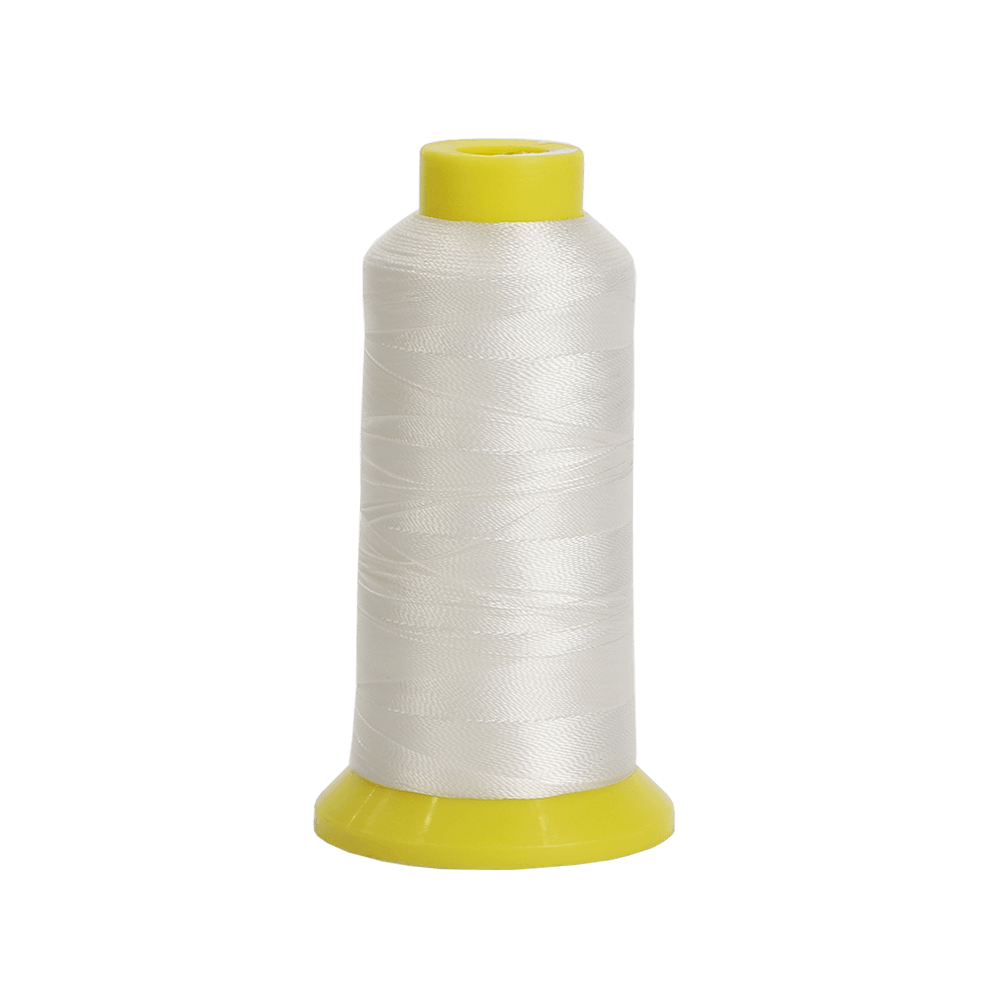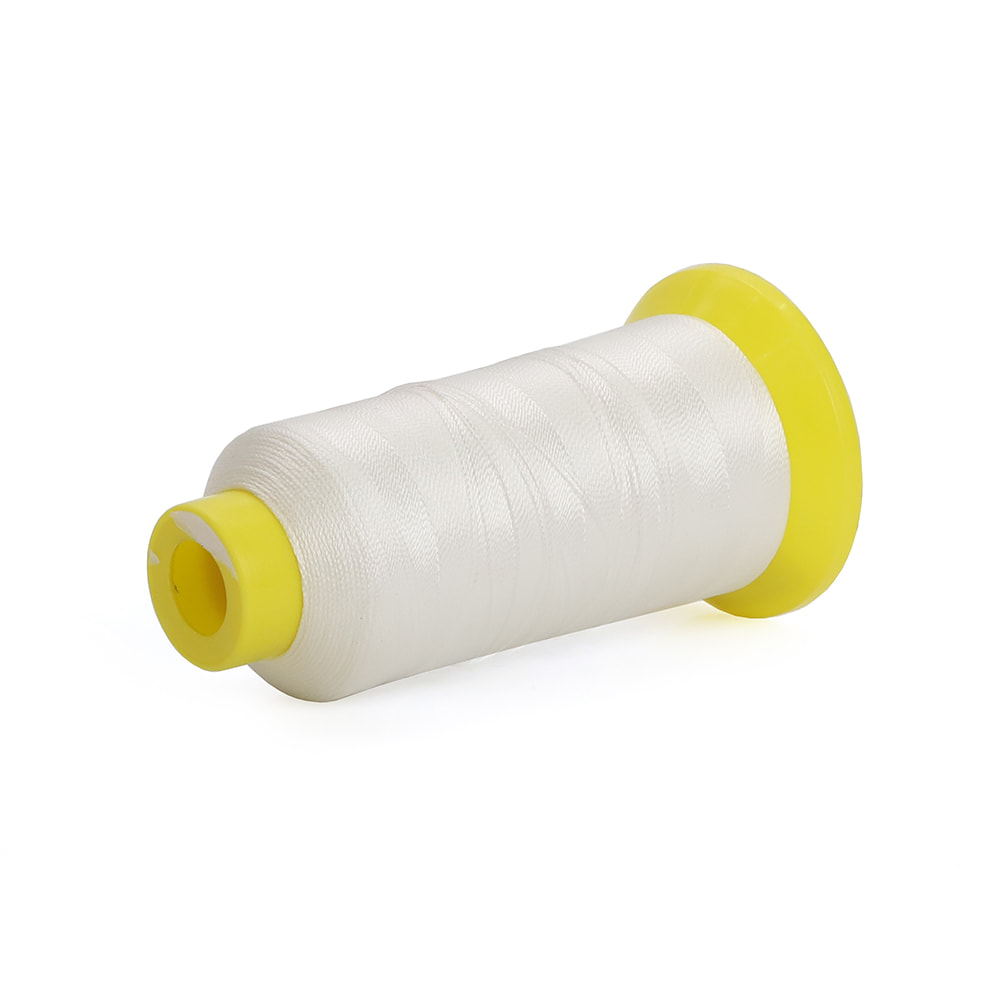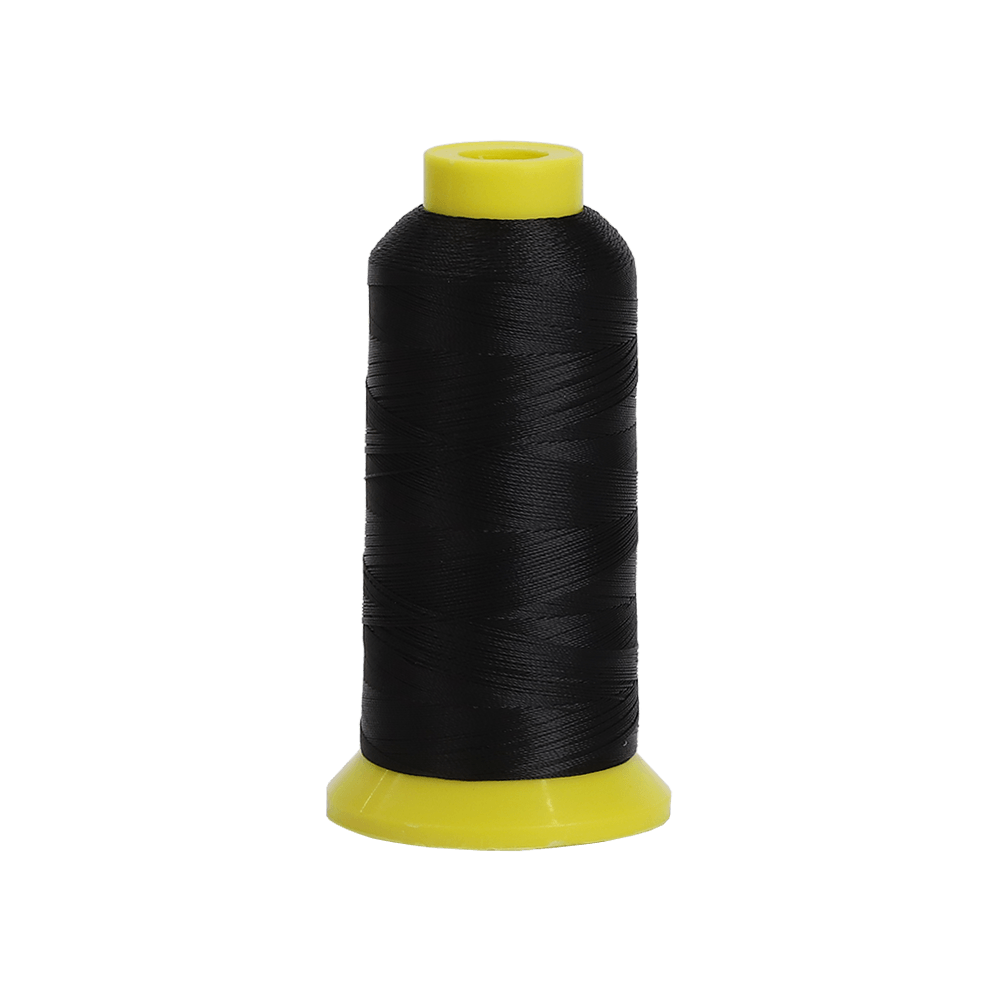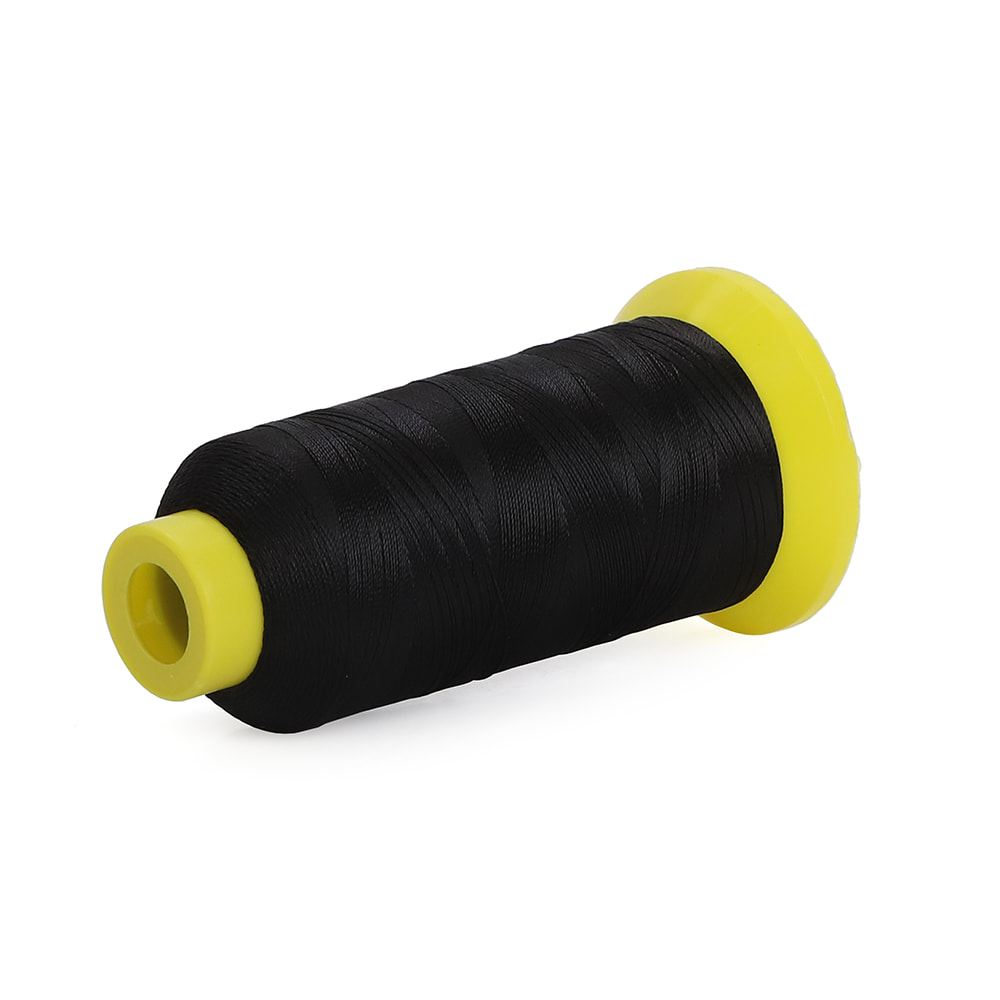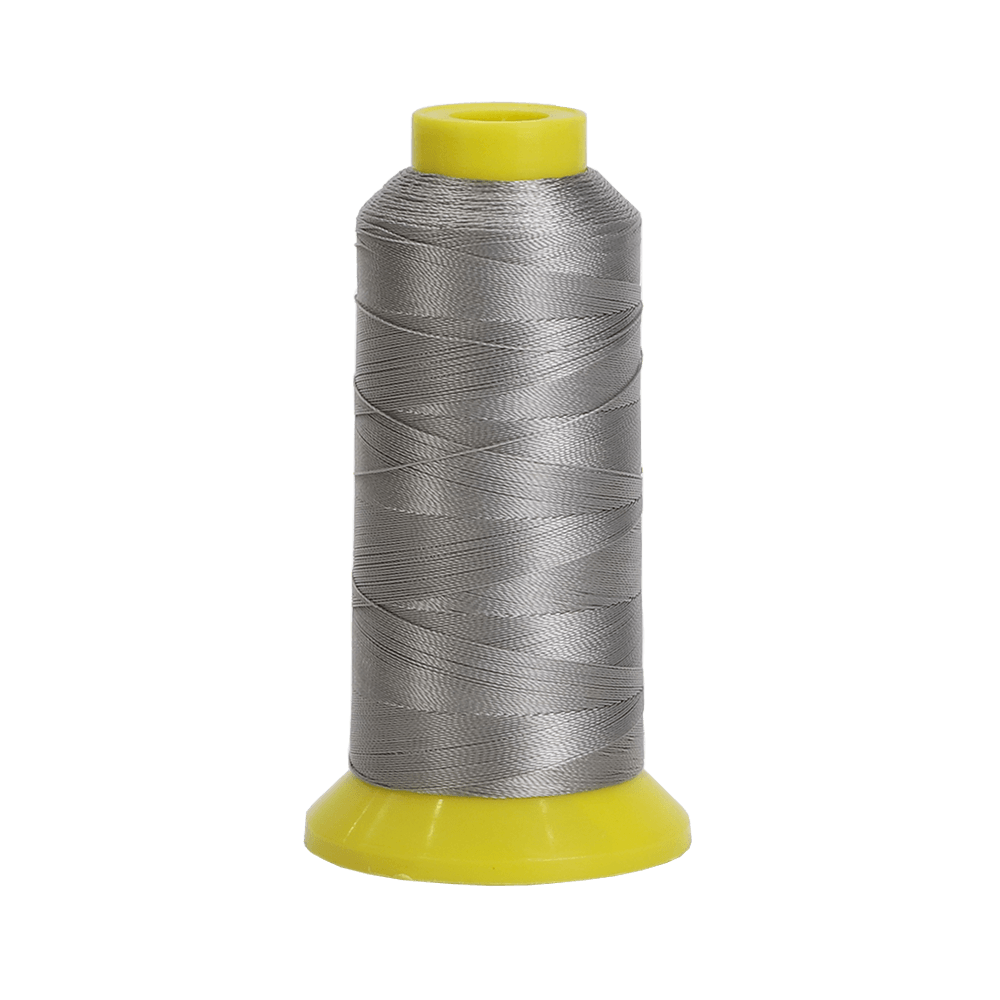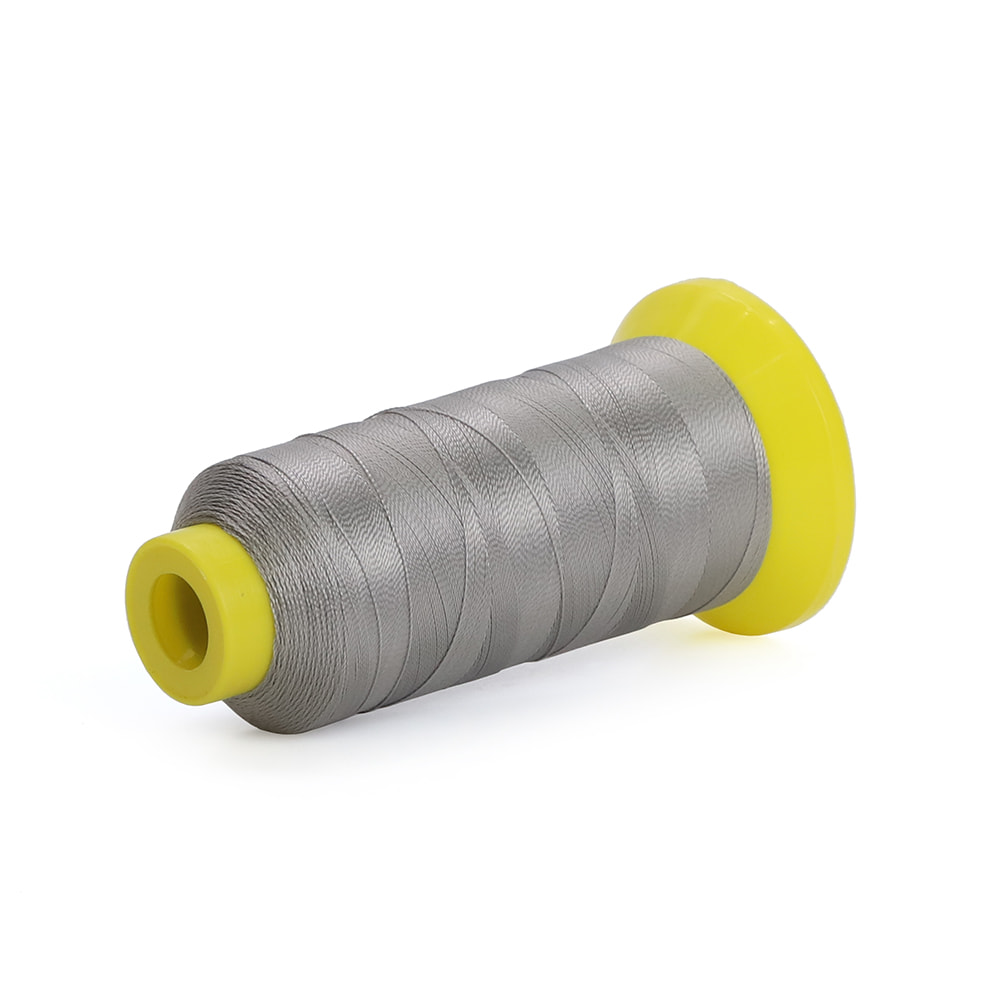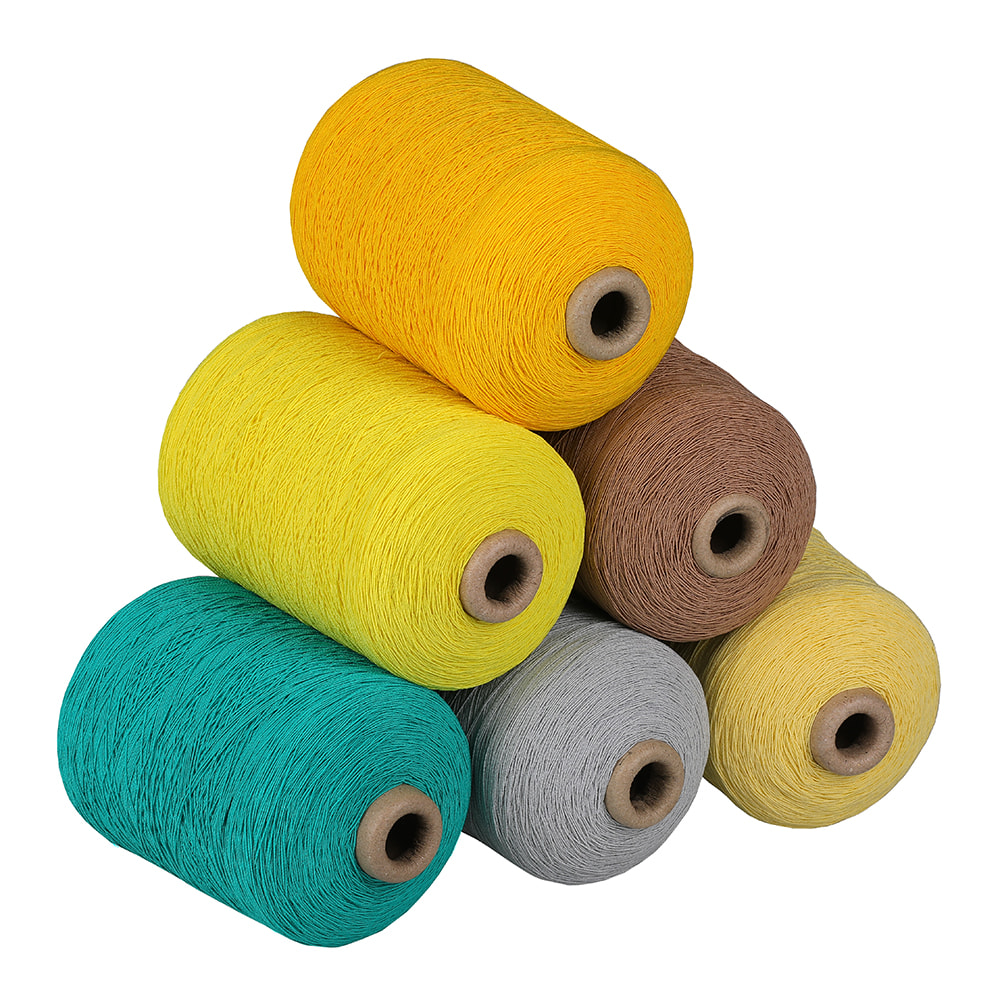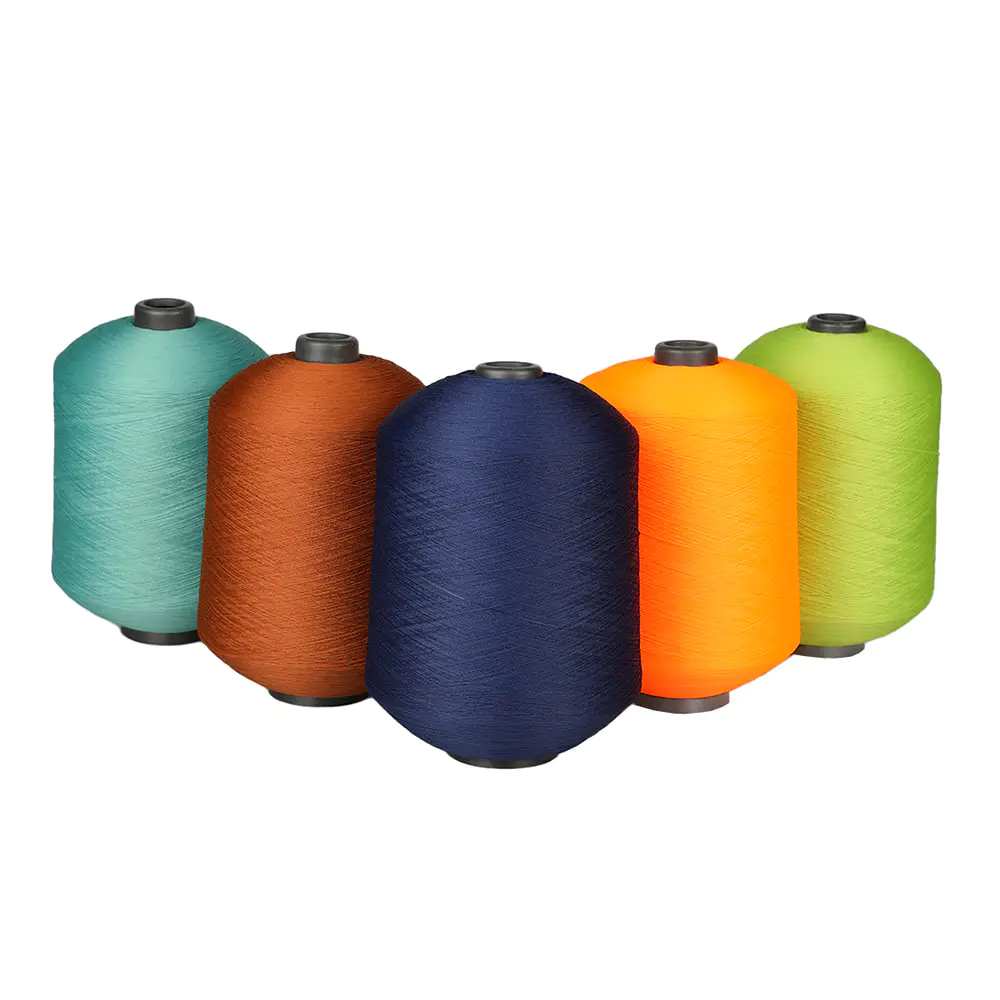Isn't the embroidery thread behind the exquisite craftsmanship a treasure of the traditional craft of the Chinese nation?
In the vast river of Chinese culture, embroidery thread is not only a strand of silk in the material world, but also a shining pearl in the spiritual and artistic hall. With its unique material, rich colors and exquisite craftsmanship, it weaves vivid, delicate and profound works of art, carrying a profound cultural heritage and rich emotional sustenance, showing unparalleled artistic value and cultural significance.
The embodiment of artistic value
The embroidery thread uses the dexterous hands of craftsmen to embroider the pattern delicately on the fabric using a variety of needlework such as flat embroidery, lock embroidery and seed embroidery. Each needlework has its own unique charm and expressiveness, making the embroidery clear in layers and strong in three-dimensional sense. The color matching of embroidery thread is even more particular, whether it is elegant and fresh, or rich in ink and heavy colors, which can just show the vividness and beauty of the pattern. This exquisite craftsmanship and expressiveness make embroidery art a treasure in the traditional crafts of the Chinese nation.
Embroidery thread is not just a simple imitation of the real world, but also the crystallization of craftsmen's creativity and imagination. In the process of creating embroidery, craftsmen extract and summarize elements such as flowers, birds, fish, insects, landscapes and people in nature according to their own aesthetic concepts and emotional experiences, and integrate personal emotions and implications to create works of art with unique style and profound connotations. This infinite space of creativity and imagination gives embroidery art lasting vitality and appeal.
Interpretation of cultural significance
As an important part of the traditional culture of the Chinese nation, embroidery art has a profound historical accumulation and cultural heritage. Through the use of embroidery thread, craftsmen not only inherit the ancient embroidery skills and patterns, but also integrate the spiritual outlook and aesthetic pursuit of the times. This inheritance and promotion not only allows future generations to appreciate the charm and wisdom of traditional culture, but also promotes cultural diversity and innovative development.
Embroidery art is not only a visual enjoyment, but also a transmission of emotions and implications. In the process of creating embroidery, craftsmen often place their emotions in the patterns, and express their yearning for a better life, attachment to family affection, and loyalty to love through the shuttle and interweaving of embroidery threads. These emotions and implications are conveyed to the viewers through embroidery, triggering resonance and thinking, and becoming a bridge and bond connecting people's emotions.
In ancient society, embroidery art was often used as a symbol of social identity and status. The nobles and the wealthy class hired skilled embroiderers to make exquisite embroidery for themselves to show their identity and status. These embroidery not only have exquisite craftsmanship and complex patterns, but also exquisite materials and gorgeous colors, becoming a fashion and trend in the society at that time. Although the symbolic meaning of this social identity and status has gradually faded in modern society, its unique charm and value can still be felt from some traditional embroidery.
Embroidery thread occupies a pivotal position in the traditional culture of the Chinese nation with its unique artistic value and cultural significance. It is not only the crystallization of the wisdom and emotion of the craftsmen, but also an important carrier for the inheritance and promotion of traditional culture. In the future development, we should continue to dig deep and promote the essence and charm of embroidery art, so that this traditional craft can shine more brilliantly in the new era. At the same time, we should also focus on cultivating a new generation of embroiderers and embroidery enthusiasts so that this precious cultural heritage can be passed on from generation to generation.

 English
English 中文简体
中文简体 Español
Español